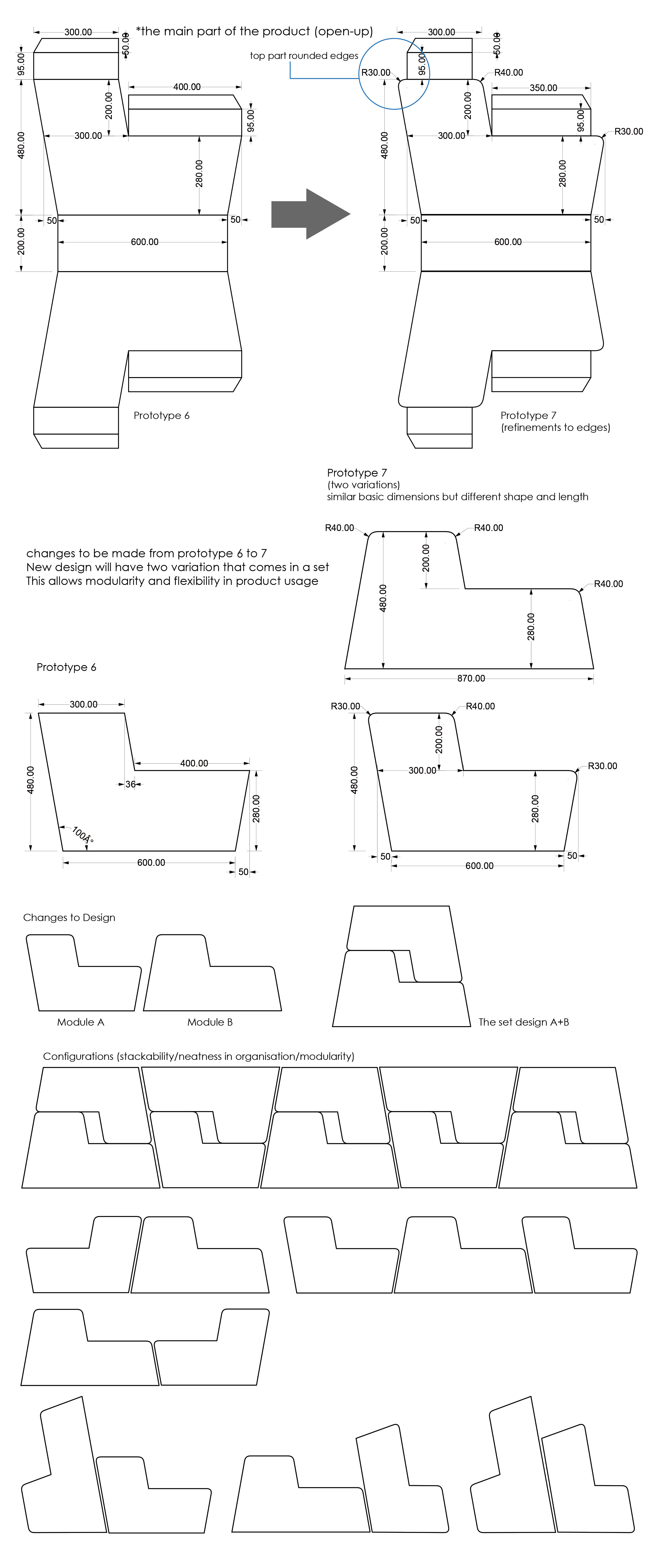Notes from Faculty:
– The modules look abit static
(suggest/intro a 2nd generation of Cardblocks with kinetic features)
– Kinetic features like rocker/rollers on base .etc
– Have more options for colours and fabric textures
(this was thought of earlier but not implemented much, to limit consumer’s choices)
– Packaging lacks placement security (parts may fall off)
Personal notes:
– Develop an optional curved base that is removable (rocker chair)
this will have several safety issues and the product might not be as equally strong as before
– Develop a bigger packaging with an integrated carrying handle
i have tried to use cardboard/craft paper to make the bag that wraps the parts but the folds support & handle part is too fragile and tears easily
– I will decide to do a catalog for more colours and fabric types, QR-coded on packaging
This will be on the webpage that will be created specially for Cardblocks
WEBPAGE will have
– Cardblocks Promotional Video
– uploaded videos of steps and instructions
– full catalog of additional materials (though samples will only focus on one type of material)
– tips on customizing product
– all other important info and features of Cardblocks


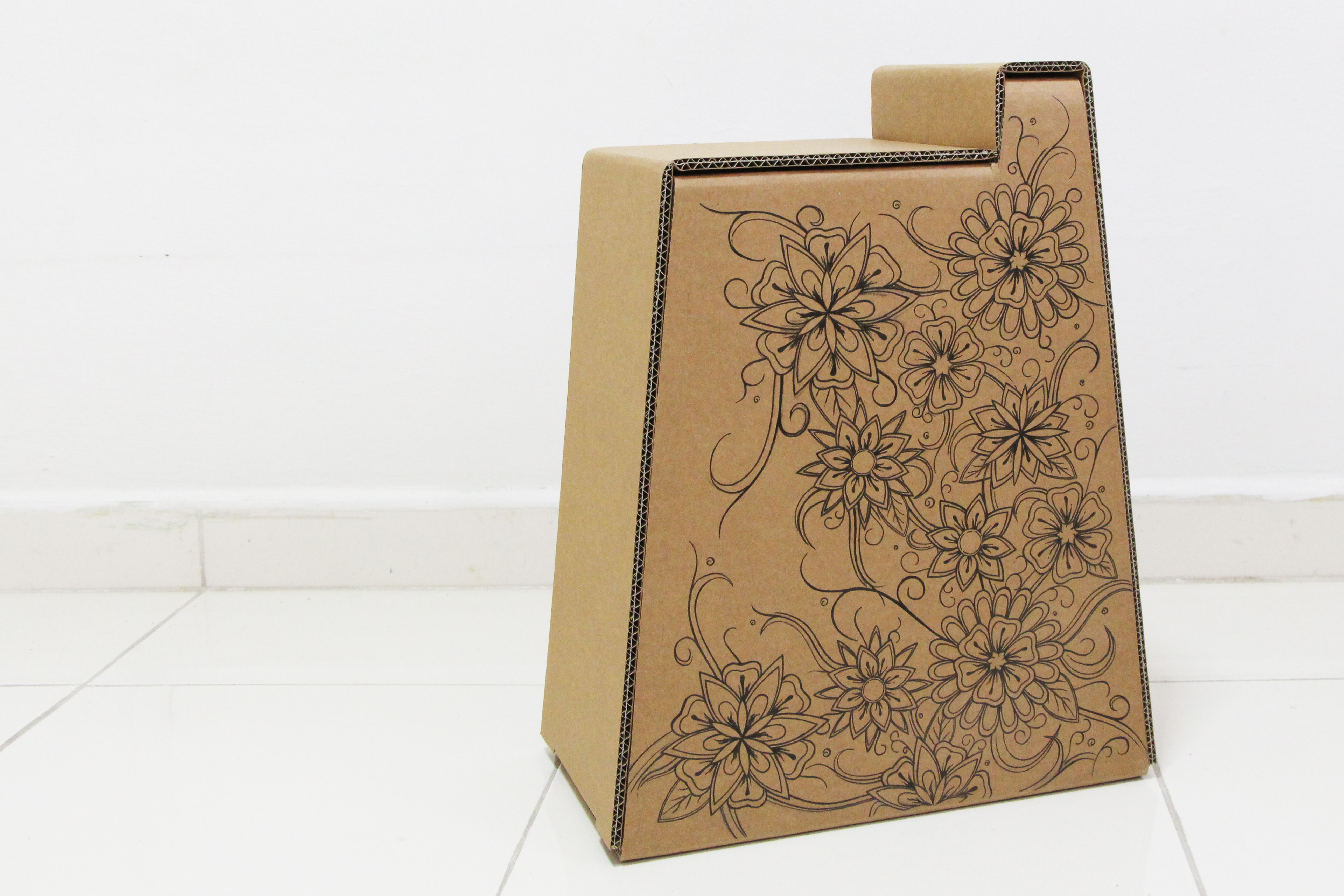



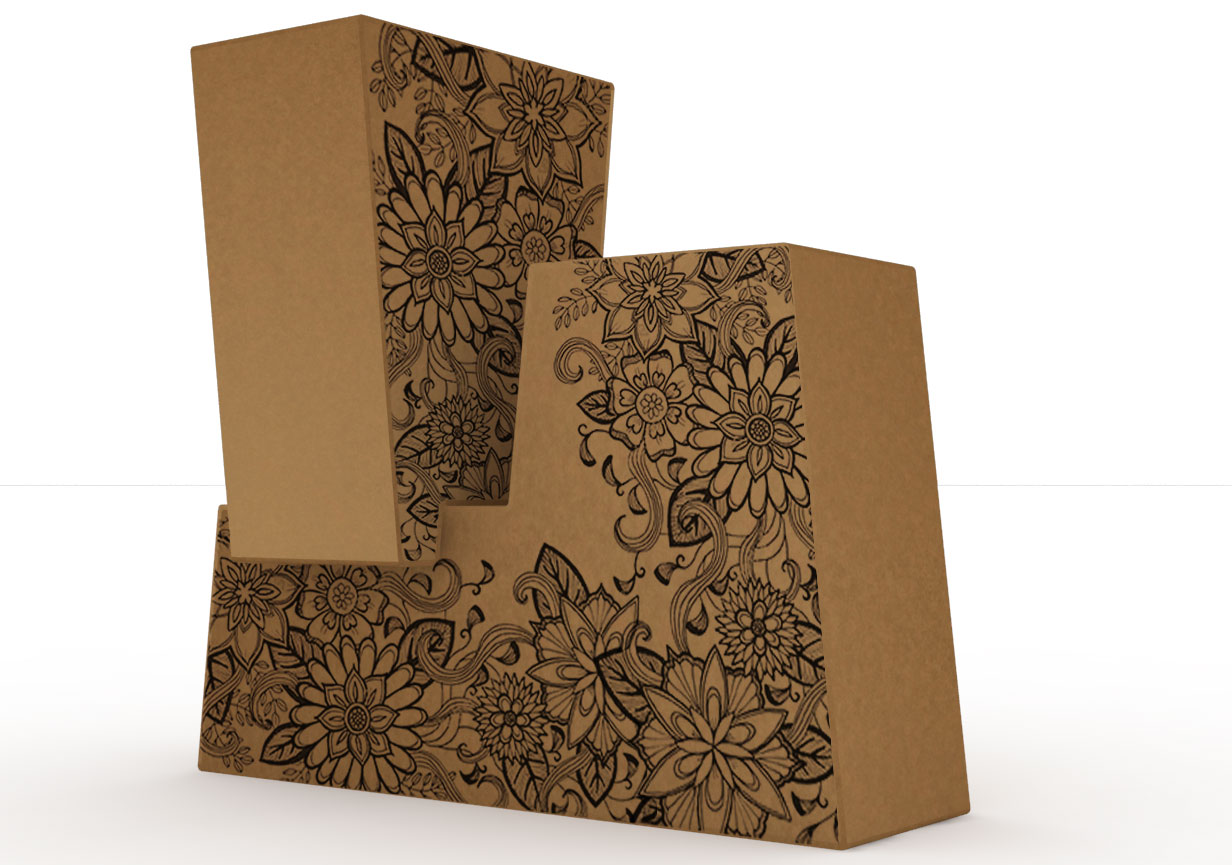
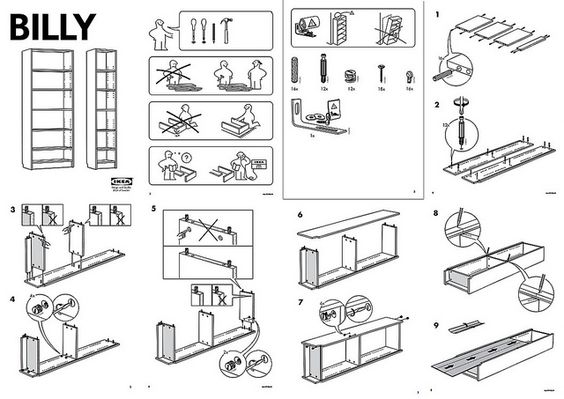
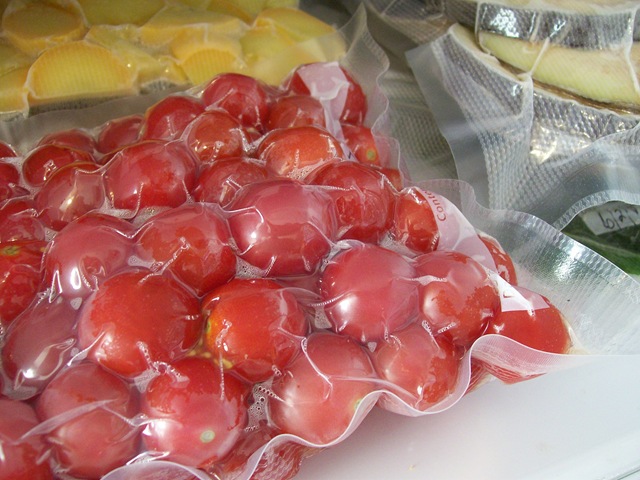


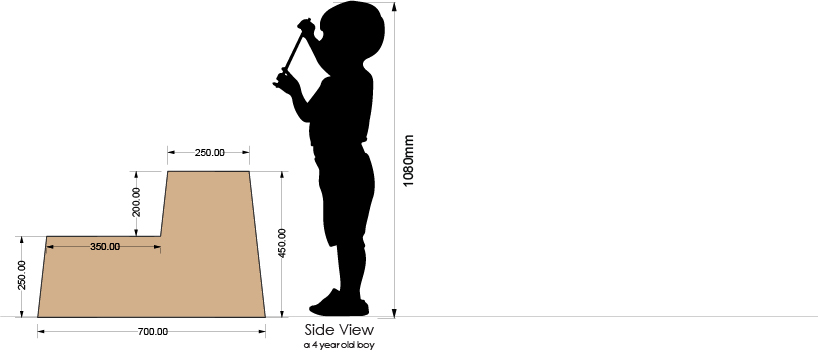

![finalda [Converted]](../../wp-content/uploads/sites/138/2016/02/finalda-Converted.jpg)

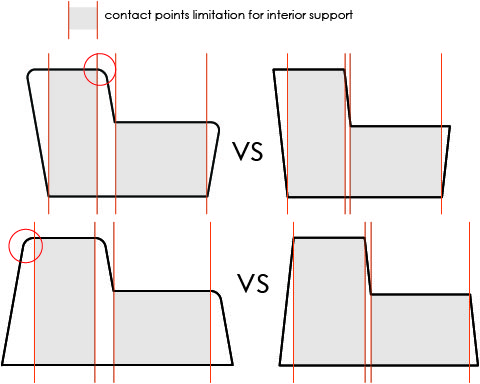
![s [Converted]](../../wp-content/uploads/sites/138/2016/02/s-Converted.jpg)
